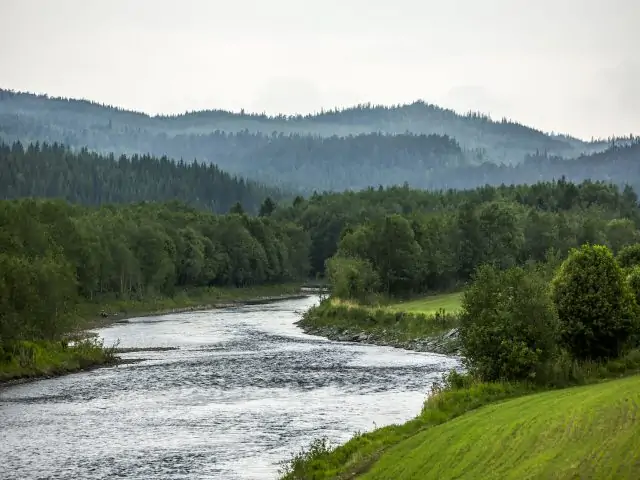




In the early summer of 1030, the Norwegian Viking king Olav Haraldsson arrived in Selånger, which at the time was an important port on the coast of northern Sweden facing the Bothnian Sea. After several years in exile, he began his journey back to Norway, a journey that would lead to his death at Stiklestad on July 29 that year.
St. Olavsleden starts at Selånger church ruins, where, according to tradition, St. Olav erected a copper-clad cross with the words: "Land for tribe in Jesus' name." The church was built in the early 1100s but collapsed in the late 1800s. You start (or end) this cycling adventure in Sundsvall with great accommodation, restaurants and shops. From the city center, follow the signs to the start in Selånger.
St. Olavsleden passes Kungsnäs, an ancient royal farm, and you cycle through the farmlands of Selångerdalen with traces from the Iron Age. In Påläng you turn off towards Västeråsen and other medieval villages. The trail's first known St. Olav spring is in the Ljungan valley, at Vattjom. Towards Stöde, the trail runs along the south side of the lake with opportunities for swimming. In Stöde church there is a St. Olav sculpture, and next to Ljungan is a herb garden that is a fragrant and peaceful place. After Viskan you reach Storboda and beautiful agricultural areas, where "Vildhussen" Magnus Huss was born. Torpshammar offers ironworks history and here is the steamboat Ljungfrun af Torpshammar.

Be the first to suggest a place! With Premium, you can add your own locations via the add_location button on the map. Learn more about Premium


